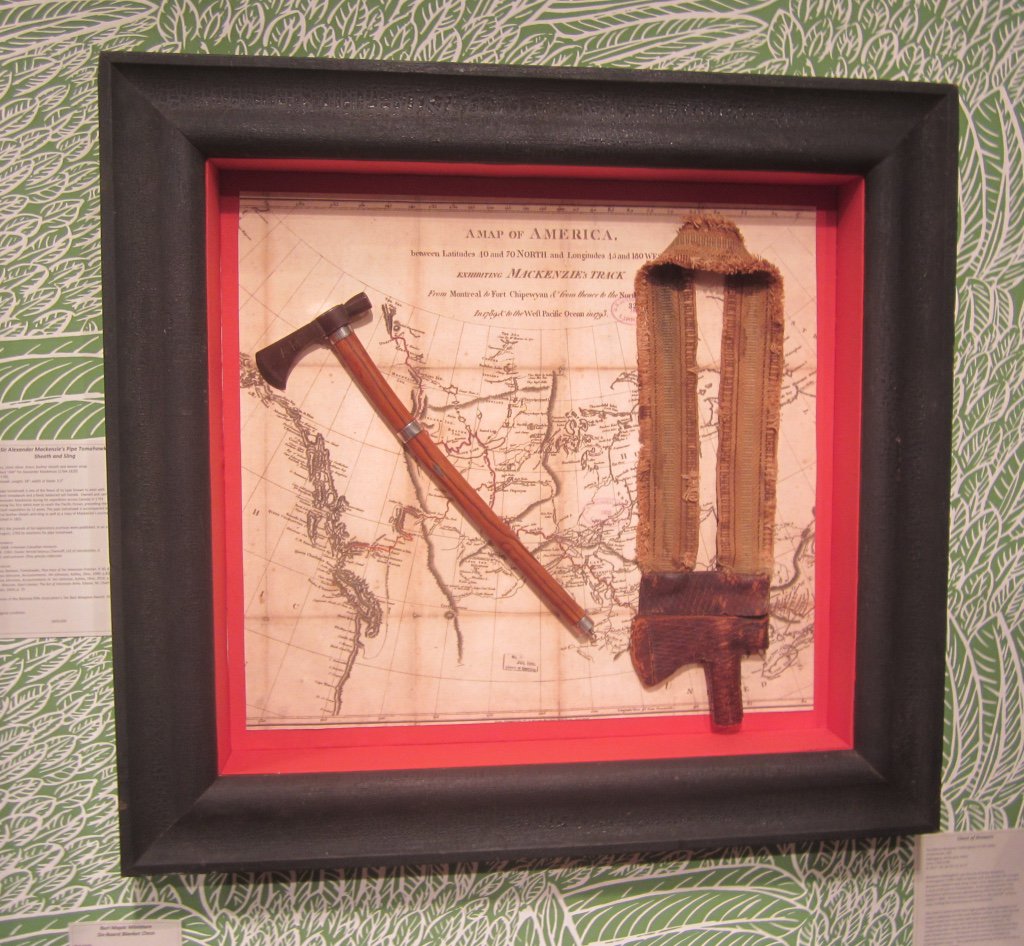Agree with a lot of what jmartson said here.
I've carried spike tomahawks unsheathed, every single day, all day long, for years without incident—inside the waistband, 3 o’clock position. The spikes are curved downward to the point that penetrating injury is improbable, even though they are quite sharp. The worst "injury" I'd suffer from either would be tiny red prick marks on the surface of my skin. I now use a carry system, not to prevent injury to self, but to eliminate the possibility of damaging whatever I'm sitting on (I lose husband capital if I scuff up the leather couch cushions).
Historically a lot of battle axes were carried unsheathed, and there’s at least one account from the Viking sagas of a user getting killed by his own axe. These were a lot larger than historic tomahawks and "dane axe" style blades had thrusting "points"--so understandably a bigger safety issue—still, they apparently didn’t value the sheath enough to use it. Never seen a historic account of unsheathed tomahawks injuring the wearer--doesn't mean it didn't happen. There are accounts of these tomahawks being drawn and used very quickly, and based on what I've come across I think sheathless carry was more common, and I haven't seen much on tomahawk sheaths carried by First Nations. There are a few examples of bags/slings for tomahawks, but there are more historic depictions of them worn without a carry system. Also the historic tomahawk mostly replaced the role of the wooden warclub, which was carried unsheathed even if the club featured sharp spike projections.
Tomahawks were clearly weapons first--and a few appear to have very limited utility function, so getting it to "knife like" edge isn't always required depending on the user’s purpose. The heads ranged greatly in design and often they were wrought iron, without a steel edge. Some, like spontoon tomahawks, were "edgeless"--basically a flattened iron spike--but still would bury into a body in a hurry. For the "dull" axe-like designs, given how light and fast they were, these would render an opponent instantly senseless with a blow to the head.
Regarding the spike side, a lot of the spike tomahawks had designs that reduce risk of injury to the user--not saying that was the purpose of these designs--but definitely a benefit. Common to see the spikes with varying degrees of down turn--some where the point couldn't possibly be used for percussive effect, so no impalement hazard if you slipped and fell while wearing it. Also tomahawks with straight spikes were often fairly blunt tipped, even examples of chisel tips. There are examples of needle sharp tips, which would definitely be a safety issue--but based on what’s shown in collections, the blunt tips seem a lot more common. In a percussive blow or impact in the throw, a blunt or chisel tipped point bury up to the handle in soft targets just by arm motion alone. We tested prototypes like that and its truly impressive what a light and fast tomahawk can do.
So the tomahawks varied a lot based on the preference of the individual. While "dull" edges and spikes are fine on flesh and bone, it's better for utility if the axe blade is sharp enough to butcher game and do light chops for gathering kindling. A needle tipped straight spike seems unnecessary--the risks of self injury in carry and use, to me, outweigh the benefits--and historically the needle sharp straight spike tomahawks appear to be less common. A blunt or chisel tipped straight spike is good at grubbing. Both straight and curved spikes can be used to drag fallen deadwood into a hasty campfire. I've proven this using a sub-8 ounce tomahawk--sharp enough to harvest kindling to get a fire started, and strong enough to hook and drag a thigh-thick 6' piece of punky deadwood to the flames—resulted in a significantly warmer, longer lasting fire. Crude, but it was quick and effective. Y’all have a great evening and be edgy.
I am constantly having to remind myself that those of us stomping around on Bladeforums are not the average user. We are enthusiasts who enjoy squeezing the performance out of our cutting tools.
I am just fine driving around a Honda Civic or similar car. It does what I need it to do practically, reliably and inexpensively.
Yet my brother in law cannot seem to resist customizing his vehicles installing performance parts, tuning, and who all knows what.
I suppose this is the way myself and many of you are with our cutting tools. Enthusiasts focused on performance. He likely looks at me as some freak looking to get my axe as sharp as possible. I try to remind myself it is the same thing.
As Fortytwoblades said, it was likely all over the map. Some keeping them as sharp as possible but for the average user, a hair splitting edge would have been unnecessary and even foolish waste of time to maintain, especially in the field.
If it could cut an anchor stake, split a sternum and the occasional combat incident, I am guessing the edge was good enough. All three of those do not require a shaving edge.
I would expect the tool was also used for digging roots and tubers while meat was scarce. Again, super keen edge not required.
A good point made by HeavyHanded as well. Many historical examples are very light weight. Built for speed in the hand on travelling light. I suspect larger outfits would carry a few axes along for communal use.
A true multi tool. More so than a sword anyway...

